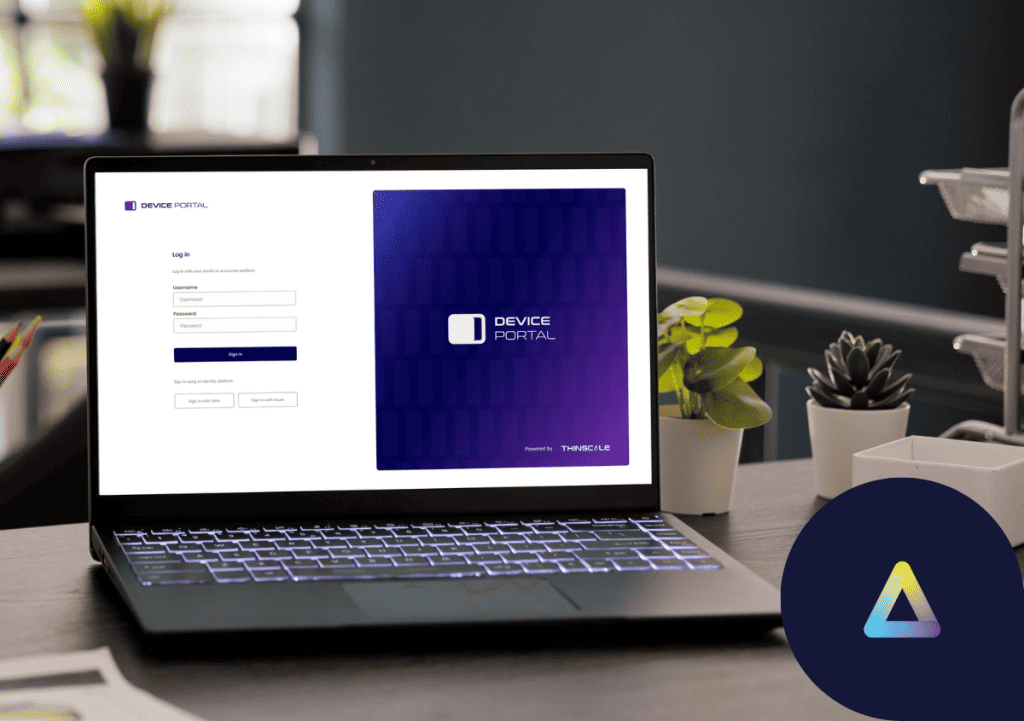Maintaining control over your endpoint deployments is a vital part of endpoint security. Unified Endpoint Management (UEM) solutions allow IT teams to troubleshoot, deploy updates, and maintain visibility over their entire endpoint environment. However, UEM solutions often have their own needs and issues. We are happy to say we solved these issues with the new ThinScale Cloud, specifically the ThinScale Device Portal.
So, what issues do we see with UEM, and how does ThinScale solve these issues?
Total Cost of Ownership (TCO)
Many UEM solutions require hosting; in cases like this, the IT team must provide a database and server to maintain their endpoint management. Usually, this includes the need for an SQL database, a Windows server, and a devoted physical server infrastructure. This can cost a lot depending on the number of devices being managed and how much data an organization wants to store on its premises.
ThinScale Device Portal offers a cost-effective alternative by migrating endpoint management to the ThinScale Cloud. With accessibility from any compatible browser, the Device Portal empowers organizations to exercise complete control over endpoint devices and application data without the burden of hosting expenses.
Management platform updates
EUM solutions are like any other aspect of a tech stack. They require constant updating to be as secure as possible against potential threats. This poses a problem for many IT teams, as updating their central management system can be arduous; depending on the level of change being applied to the system, a full migration could be required, which could lead to substantial downtime.
ThinScale Device Portal circumvents this challenge by leveraging an Azure-based cloud infrastructure. Any updates rolled out by ThinScale are seamlessly applied to the Device Portal, ensuring immediate availability to IT teams without disruption.
Endpoint updates
Endpoint updates are a vital aspect of any UEM solution. Endpoints are the most vulnerable part of the endpoint deployment and, as such, need to be kept up to date. These include OS updates, application updates, security certificates, and VPN updates. This can be a struggle to keep track of, and some UEM solutions do not even provide ways to push these updates remotely to the endpoint.
The ThinScale Device Portal allows any software to be deployed directly to endpoints under its control. It also can filter and force Windows updates connected on any connected machine. All of this is done centrally.
IT credential leakage risk
A recent but major issue is malicious actors’ targeting of IT administrators, specifically in line with their credentials, this is due to ITs high level of control over an environment. The leakage of these credentials can damage an organization due to the unrestricted access to data, devices, and more.
ThinScale Device Portal integrates with existing authentication solutions and integrates robust multi-factor authentication for any attempt to access the central management. Ensuring endpoint deployments are as secure as possible, even against credential theft.
Conclusion
In conclusion, ThinScale Cloud, through its innovative ThinScale Device Portal, not only addresses the inherent challenges of traditional UEM solutions but also elevates endpoint security to new heights, empowering IT teams to navigate the evolving threat landscape confidently.



